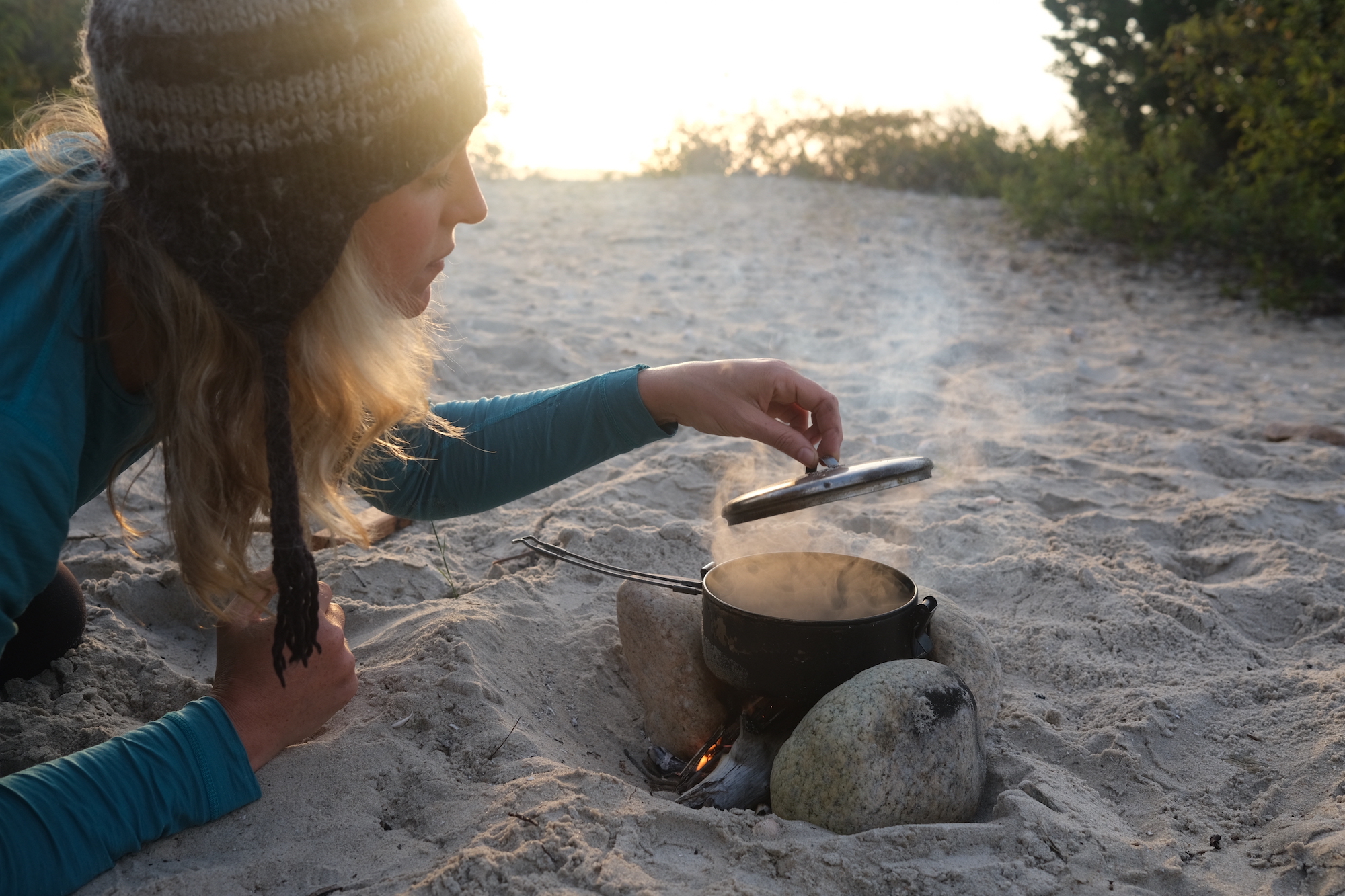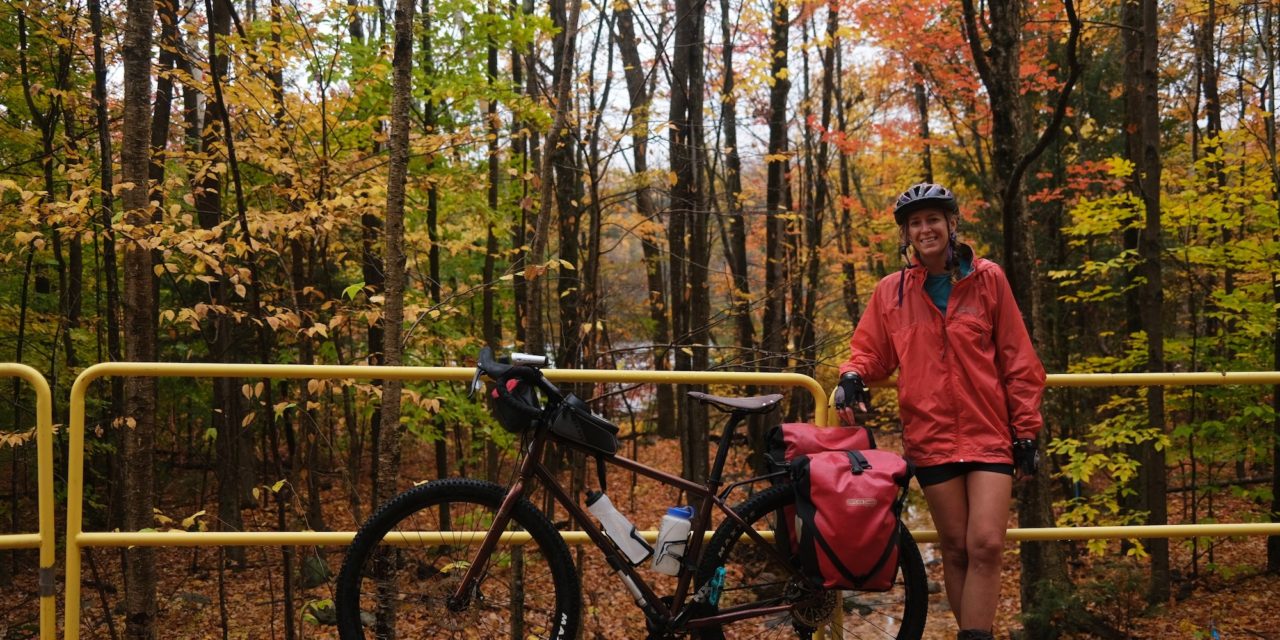By Ambassador Laura Killingbeck
For many years, I lived and worked at an ecovillage and sustainability education center in rural Central America. Our campus was located in the midst of the jungle, and we all shared one central, open-air kitchen. The kitchen had two wood-burning rocket stoves, and two methane burners that we fueled with gas from the composting toilet.
The methane was simple: you just turned a switch, lit the gas with a lighter, and got a nice, clean flame. The rocket stoves took a little more time to get started. The rockets were made from earth and bricks, and sat at the outer edge of the kitchen under the roof line. In the rainy season, clouds of mist blew in and settled over the stoves and the wood box. The wood box was also a nice place to find friendly poison dart frogs.
Every time I worked the breakfast shift, I volunteered to start the fires in the rocket stoves. I’d fill the stoves with wood and paper, light them up, and coax the flames to life. Then I’d crack about 100 eggs, pour them in cast iron skillets, and start scrambling. Between the two methane burners and the rockets, we often cooked breakfast for up to 50 people. In rainy weather the fires were a challenge to light, but they also offered a respite from the chaos of the central kitchen. I enjoyed sitting quietly, tending the flames.

About half the world’s population cooks on fire. For people in every climate zone around the world, cooking on fire is a skill, a necessity, an art, and a way of life.
When I’m camping, I often see people light a big fire in the fire pit, then turn around and light their propane stove. It always strikes me as ironic. Why turn on a stove when you already have a fire? I think this is really a cultural phenomena. In the United States, people just aren’t used to seeing fire as a cooking source.
On most of my long bike trips, I’ve cooked my food on campfires. I enjoy the process of collecting wood, building the fire, coaxing the flames. I usually don’t bother to bring a stove. Check out Feasting Without A Stove and How to Cook with Fire for some of my meal plans and processes.





